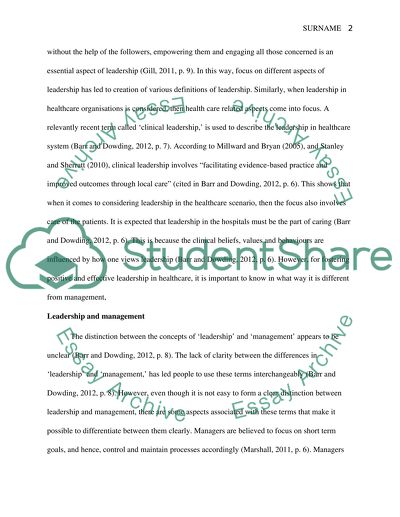Cite this document
(“Clinical Leadership and Change Management Essay”, n.d.)
Clinical Leadership and Change Management Essay. Retrieved from https://studentshare.org/health-sciences-medicine/1482279-clinical-leadership-and-change-management
Clinical Leadership and Change Management Essay. Retrieved from https://studentshare.org/health-sciences-medicine/1482279-clinical-leadership-and-change-management
(Clinical Leadership and Change Management Essay)
Clinical Leadership and Change Management Essay. https://studentshare.org/health-sciences-medicine/1482279-clinical-leadership-and-change-management.
Clinical Leadership and Change Management Essay. https://studentshare.org/health-sciences-medicine/1482279-clinical-leadership-and-change-management.
“Clinical Leadership and Change Management Essay”, n.d. https://studentshare.org/health-sciences-medicine/1482279-clinical-leadership-and-change-management.


